American 965, the documentary that is a breath of fresh air – Tristan Loraine – Interview
By Claire Bueno 3 years ago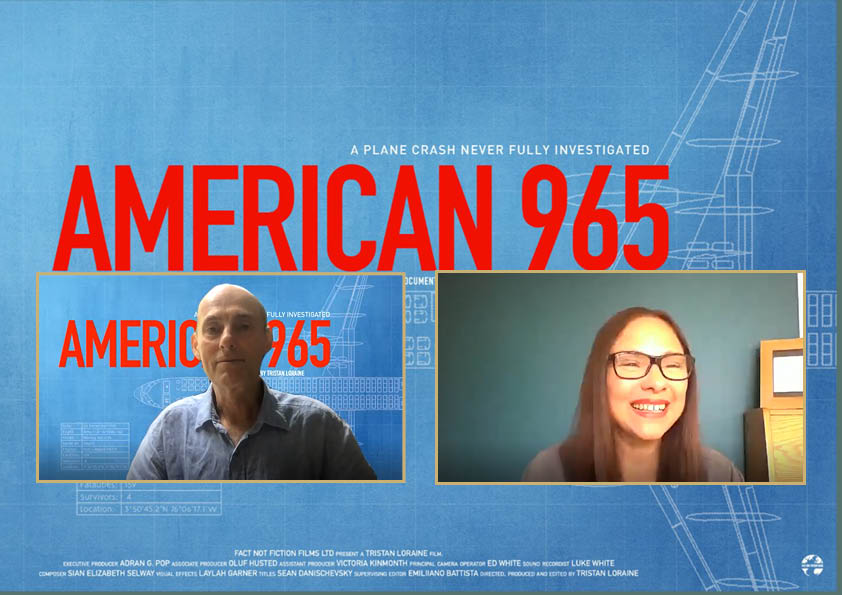

At A Glance
If you have or intended to travel on a Boeing 757 then watch the cautionary documentary that will doubtfully be found on your inflight entertainment. Former airline captain turned documentarian Tristan Loraine delves deeper into the cause of American 965, 1995 Miami to Cali, Columbia air crash, killing 159 people on board.

Film Details
Directed by Tristan Loraine
Written by Tristan Loraine
2021, 96,
In US Cinemas 9th July

On the 20th December 1995 American Airlines flight 965 whilst descending into Cali, Columbia having embarked from Miami, USA was to be a fateful flight. The plane crashed killing 159 people on board with only four survivors. Ex-Boeing 757 pilot, Captain Tristan Loraine remembers the crash all too well. 20 years later with the help of aviation experts and modern technology his investigation into toxic fume contamination could be the cause of the crash. As the film opens in US cinemas I was lucky enough to hear some of his expert opinion first hand.
Having watched American 965 and knowing your history as a pilot, I’m thinking that this documentary is quite a personal journey for you?
Yes, absolutely, I mean I often think about how it must have been in the last few moments of that flight and as a former airline captain, you know I’ve made mistakes, every pilot makes mistakes and it’s so easy to criticise people and say you know they did that and they did that. But I really wanted to get to the bottom of why they made the mistakes and what took me on the journey.
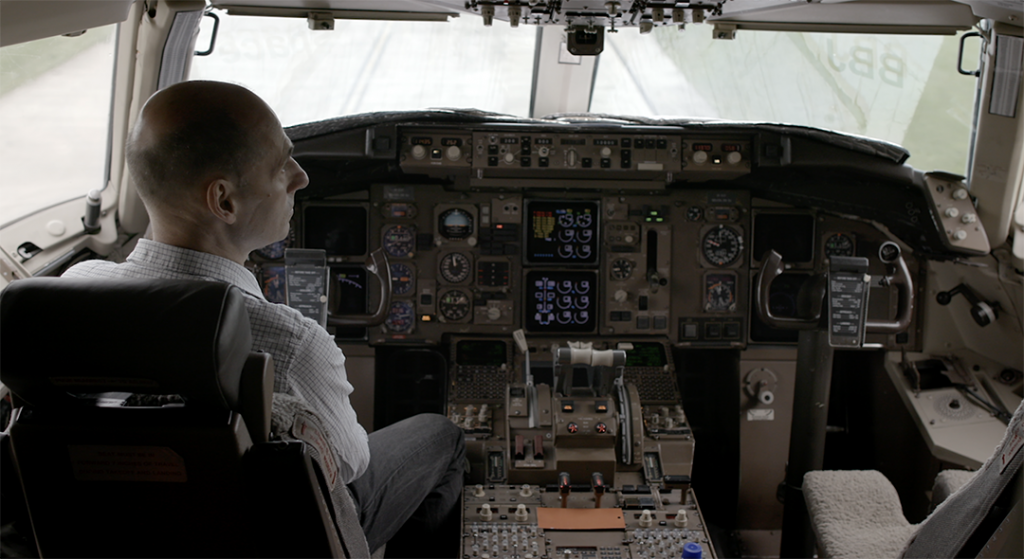
Had you got a suspicion from the beginning that this flight to Columbia from Miami, what could have potentially been the reason for the crash?
So when the crash happened in 1995 I was an airline captain and I had heard about the crash and they put it down to pilot error and I thought, yes pilots make errors but it was the same plane I was flying, very modern loads of safety features and it was also a really credible airline, it wasn’t some third world operator who was struggling with the finances to do a proper training or whatever. So I thought this doesn’t make sense but the report came out and they said it was pilot error and like you do in the industry you just assume that the people have done a proper job on the report. And then in 2001 when I was a health and safety rep I was introduced to this whole issue of the air supply on aeroplanes, where it comes from, how it gets contaminated, the chemicals you’re exposed to and how that can impair crew performance. And then I started to think, hang on a minute, let’s have a look at the Cali accident and so that’s how the journey started back in 2001. But then I was still flying and then when I was ill health retired in 2006, I started doing other projects but it was always in the back of my mind. And then when we started to make the film, Everybody Flies, I thought we should look at this Cali crash a bit more and the more we looked at it the more we realised it’s its own film. So the Everybody Flies film actually became two films and became American 965 and Everybody Flies. So Everybody Flies premiered at Raindance in 2019 before COVID, was in cinemas last year, and then COVID brought that to an end. And so this film is the prequel to that, because this is set in 1995.
As the film establishes toxic fume consumption could have played a very big part in what happen not just with this accident but many other accidents.
I think it is worth really emphasising to people watching this is that most people watching this programme would have been on an aeroplane as a passenger, or they may even be a private pilot. And it is important to remember when you’re on an aeroplane and you’re sitting there at 35,000 feet looking at the world go by, having a beer or a fizzy drink, and just thinking about life. Think about this question. Where does the air that you breathe at that time actually come from? Because most people don’t know. Well the air that you are breathing up there at 35,000 feet and outside the temperature is twice as cold as your home freezer and you just wouldn’t survive for a matter of seconds. The air that you’re breathing is coming unfiltered from the compression section in the engines, in a process called Bleed Air, because it is bled from the hot compression section. And that Bleed Air is then pumped into the cabin, cooled and then you breathe it in. Now this air gets contaminated with the lubricating oils in the engines and these lubricating oils aren’t like your car oils you may have put in. These oils contain all sorts of toxic additives, and they can of these oils states, ‘Do not breathe mist and vapour from heated product.’ Other cans say, ‘Suspected of causing Cancer a risk to the unborn.’ Etc, etc. So these are really hazardous chemicals. Now, people will say, ‘Nah, nah this can’t be possible, you know the air is filtered on aeroplanes.’ To reduce, to save money the amount of air they take per second from the engines about 20/30 years ago, they reduced it by half and they started to re-circulate the air. Now the re-circulated air goes through filters that will remove bacteria and viruses, which is good, and they are very efficient. But the chemicals we’re talking about are much smaller than bacteria viruses, so they go through these filters even in the re-circulated air as if they are not there. And that’s why when these events occur they can get worse you start breathing this stuff in and you can have crew impairment. And people may say, ‘well how do I know if the air is contaminated?’ Well most of the chemicals have no odour and they are colourless, but some of them do have a very distinct smell and people describe it as a dirty sock smell. So if you are on an aeroplane and you get this very faint dirty sock smell, what that is is part of the oil that you are breathing. Planes don’t have any warning systems to warn when the air is contaminated, so this is a serious health and flight safety issue and that’s why we make the films to try and bring about change in an industry which I love and in an industry that the world needs, but an industry that has failed to address this important point.
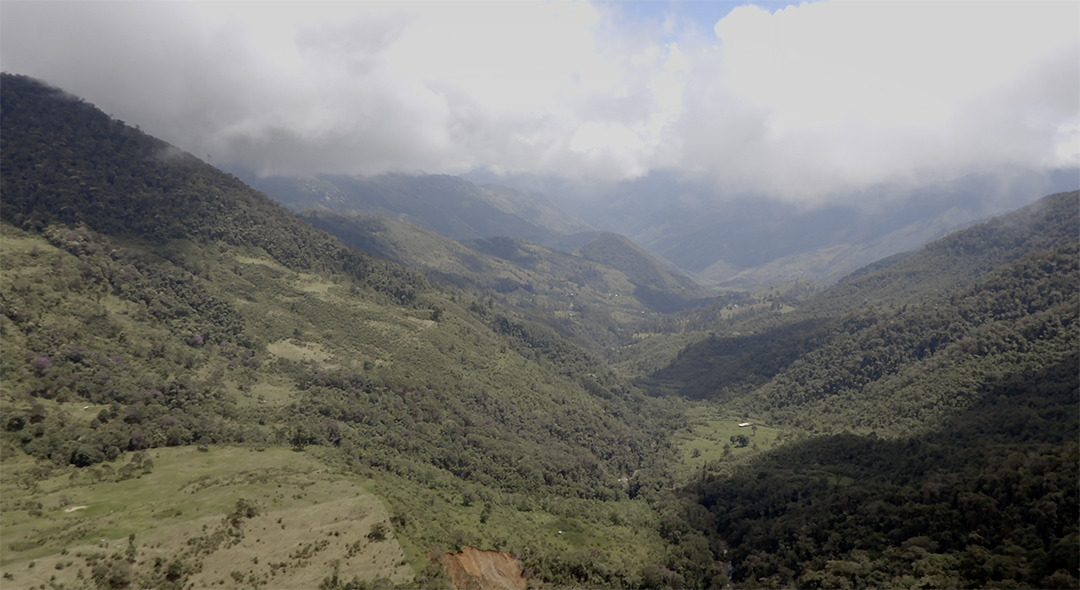
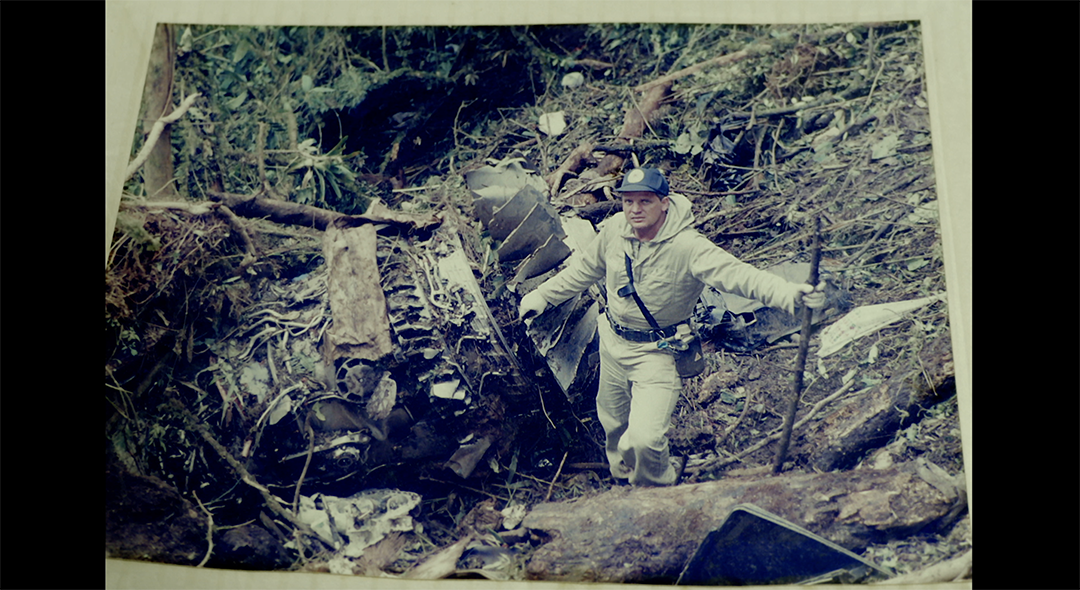
And I think what the film actually addresses is with the people that you interview is just how much people really do care about aviation and aviation safety and the health of the passengers and the pilots and crew.
Absolutely, but ultimately the passengers they buy an airline ticket and they then pay extra money, whether they want to have express boarding, whether they want to have carryon baggage, whether they want to eat a meal, they are all options, or even what seat they want to sit in. But nobody says to them, ‘Would you pay another 50p or a pound to actually have clean air to breathe?’ ‘Cause what about the pregnant mother, doesn’t she deserve to make sure that her foetus isn’t breathing this stuff in? What about the business man who’s going to a high level meeting soon afterwards, doesn’t he deserve to go in cognitive, really, really sharp? You know it’s really interesting that a Formula One driver, you these guys are working on the absolute level of cognitive and mental 3D coordination, driving cars at high performance even. One of them, I won’t name who they are, actually would be seen often coming off an aeroplane having warn a face mask (an activated carbon face mask) just to make sure they couldn’t be breathing anything that may impair them cognitively later on.
And I think what I got as well from watching the film, and I suppose I want to ask you is about striking a balance as the film could have been incredibly dense in the sense of the kind of information, and scientific information that you’re reporting and talking about, however for me watching the film, it felt really like a human interest story and by talking to some of the survivors of the crash as well as loved ones that have been left behind, really adds that human element and human interest story. So with regards to structuring the documentary how much information do you give on a technical aspect balanced with adding that who human interest story?
Now that is a really, really good question because ultimately somebody is gonna watch a film for 96 minutes in this case and you’ve got to keep them emotionally and mentally engaged in the story and it’s so important to not overly complicate the message with technical facts and defects, explaining the defects of the aeroplane in great technical detail. So what we did is we focused on the, to put the whole crash in layman’s terms without going in to too much detail which we feel we did successfully. However, some people said to us: “Well the film in many ways is like a court case, because you’re presenting evidence to a jury, so you need to present the evidence in a way that they will understand.” But then some people said: “Well actually why not give a bit more detail.” So in the making of American 965 we actually started to make a third documentary in the sequence which is very data intensive, some of your viewers may have seen the documentary 9/11 Inside Job, and 9/11 Inside Job is a documentary that alleges that the world trade 9/11 was all a government conspiracy. But the point is in that film they showed document, after document, after document all the evidence, that’s their argument. So in this new film which is voiced over by Marina Sirtis from Star Trek which we were really glad to have on board, is we show all the evidence that the industry has really known to support the American 965 stories, so it’s there for people to look at if they really want to know the fine print.
Obviously you’ve got lots of contacts within the industry because of your background as a captain and a pilot working with the health and safety of airlines. Was it difficult for you to then get them to talk on camera about what their assertions are and what their finds were? Was it tricky or were they volunteering because they want this to be made more public? Because at the end of the day, these are very powerful companies that are not pulling their finger out and doing what they need to do so secure passenger safety.
Well indeed, that’s another good question. Some people you would speak to on the phone and you would tell them what you were doing and immediately they were saying I don’t want to have anything to do with it, I’m not allowed to talk or whoever someone was employed with wouldn’t allow them to do it. Other people you’ve ring thinking there’s no way they would be willing to talk and they were surprisingly quite open about it. So it’s a balance, there’s a lot of people we communicated with that we might have talked with, and there’s also one particular person we did a Zoom call with and we told them what our theory was, we then said we’re gonna send you our whole file with everything in there, please have a look at it and let us know your thoughts. And then went to bed and then the next morning I had an email from the person saying: “Your theory could not have possibly have happened, I don’t want to have anything to do with the film, please don’t contact me again basically.” Which is really interesting because I never actually sent them the information to look at, which means that they spoke to somebody after our call who got to them and said, ‘Don’t get involved.’ Or whatever, they were warned off. So there was a lot of different people. But you know the film, everything in the film is factual, it’s all factual data, so the facts speak for themselves really.
“in 2001 when I was a health and safety rep I was introduced to this whole issue of the air supply on aeroplanes, where it comes from, how it gets contaminated, the chemicals you’re exposed to and how that can impair crew performance."
Whenever you make a film you need to have a structure, you need to have a definite idea of where you’re gonna start to where you are gonna end. But also the nature of documentary filmmaking is organic because of the information that you’re gonna hear and learn, that you would then want to include in your film. So did you allow yourselves to be organic? And was that one of the joyful parts of making a documentary?
Yeah it’s so interesting as a filmmaker ‘cause you know a feature film is so much easier to make. Yes you probably need to raise more money to get it going but it’s just there’s the script, you turn up, there’s the scene, you film it and when you edit it it’s so simple because there’s the coverage from that scene, and that’s it. In a documentary you start on the journey with an idea in mind and then suddenly new players come in, so you interview somebody and say they’re definitely in the film, but then as the project progresses you interview somebody else you think actually, they are more important than this other person from the point of view of adding to the story, structure and growing the story. And another interesting example is budget. So as we were starting to make this film it was my dream to take the data that existed from the flight data recorder and give it to a company to produce in total 3D, the exact trajectory of the aeroplane mapped to the real world. And it had never been done before and I spoke to a company in Bristol 422 South and I said: “What about it?” And obviously it’s not a cheap job to do and all the data was in just a printed format. So they said this is how much it’s gonna cost to do and you go away and think I’m never going to be able to find that amount of money and as time goes by you start to go to people who believe in you and you say we’ve got to get this money because ultimately it will help show the journey better. And so they did a fantastic job on the visual effect and they took the data from the flight data recorder and it’s an exact replica to the second of the trajectory of the aeroplane. And at looking at that data it then showed us stuff that nobody had picked up on. Even the investigators hadn’t picked up on. Or had not really focused on enough, which you know was really interesting. And also when you look at the data you also realise on this particular crash the plane struck just below a mountainside at night in the dark and you know most people died. But how close they actually came to getting away with it, i.e. not crashing in the mountainside, really literally there was a lot of bad luck.
When we see that in the documentary it’s quite a chilling moment isn’t it? And a sobering thought because when you see it you think just how close people were just getting of the plane meeting their loved ones and just carrying on with their lives. And I think that visual reference really helps put the audience in the picture literally, doesn’t it?
And also you’ve gotta think of the passengers and the pilots, you know when these two guys were descending a warning went off in the cockpit known as a Ground Proximity Warning System and it goes: ‘Terrain! Terrain!’ And basically the aeroplane is measuring the height below the plane and it can see it is rapidly decreasing which means it knows its point of impact where the ground’s coming up really quickly and you know they responded really rapidly to try and apply power. But you know it’ the middle of the night even looking out the window you can’t see the object that is coming towards you, this mountainside at night with no lights on it. So you know you can imagine the adrenalin rush, the stress and then for the passengers to be sitting in the back to suddenly have all this sound of the power coming on and the aeroplane vibrating, it’s really stressful times. And you know one of the survivors tells about when this happens he instinctively put his head down and his arms over his head and he survived and that saved his life. Where do these thoughts come from in a split second that I need to get my head down. We don’t tell this story in the film, but there was another survivor and she was actually on the aeroplane and she was and I think she was 21 at the time and when she boarded the plane some guy sat beside her and started chatting her up and she was like I just don’t need this (laughs) and moved seats and she survived. So there’s a whole interesting thing, had she been the type of girl who thought oh I like this, I’m gonna talk to this guy, she wouldn’t have moved seats. It’s kind of this weird moments that happen in life that change the fate of what’s going to happen to you.
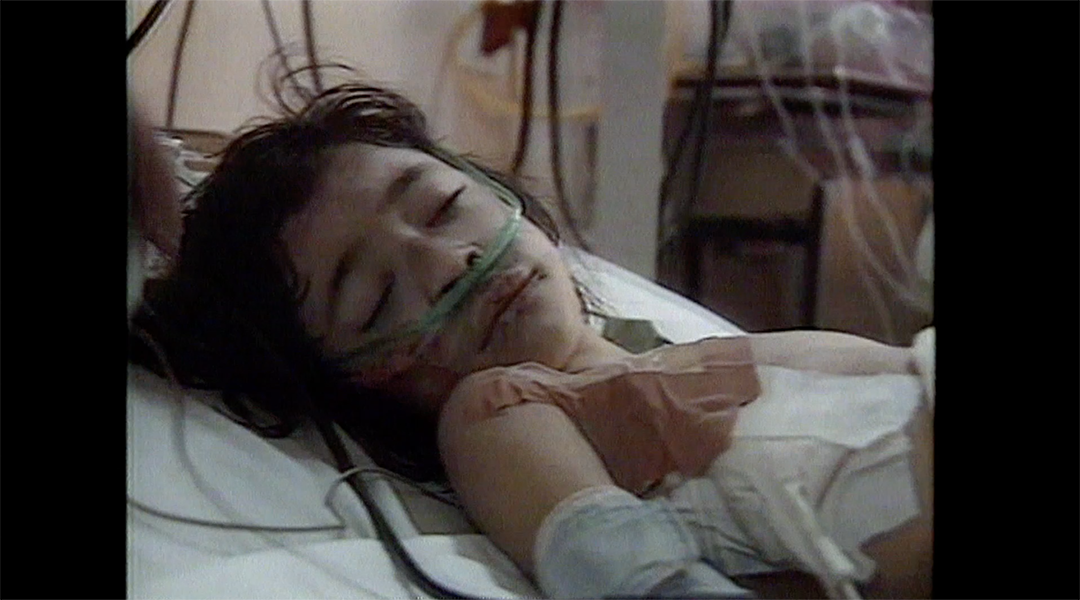
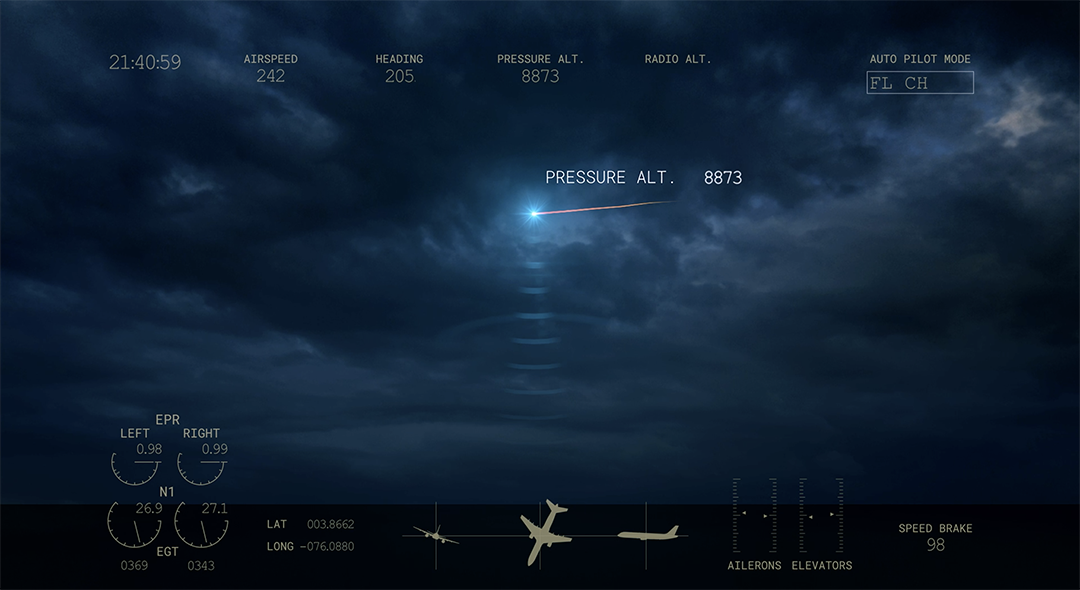
And I think what’s interesting is that you have to be factually accurate, there is no room for manoeuvre, yet you have all of these corroborating stories from people within different areas of the field.
Two of the people we interviewed were part of the crash rescue so they were there. And do you know we interviewed them for maybe a couple of hours and you’ve got to take all of that and get down to using maybe six/seven minutes and there’s so many stories they tell you that you think wow. And it’s matter of staying on target, staying on focus. Like one of them tells us a story about how he was winched down on a helicopter into the crash site only to be met by terrorists with Kalashnikovs because it was Columbia, it was 1995 there was all the drug cartels and stuff. And there’s all these people pillaging the wreckage of this plane crash and they were just going through taking everybody’s wallets from the bodies. So people were arriving there to deal with a huge tragedy and now there’s other people who are seeing this tragedy as a moment of opportunity, and he’s now having to negotiate to say: “Look why don’t you just take the money and leave the wallets because the wallets have photos and things dear to them.” And having to make these kind of agreements on the go. Obviously we could put all of these stories in the film, but one thing is for sure is that the people that were involved in this accident there’s probably not a day goes by that it doesn’t go through their mind. You know there’s one thing to watch the news and see you know like this terrible recent tragedy in Miami with the building collapse which is terrible you know and my heart goes out to those people. But its one thing to watch these things or to watch a war scene or whatever, but it’s only when you are really there you get a different perspective. I mean I was a young kid and I was in a war zone, I saw somebody get killed, I mean it was like a real war. And it’s not like how it is in the movies because when you are there it’s real. You know whereas in the cinema, yes it’s real but you know that you’re not there, you know you can’t get shot, you can’t die and I think for these people that went to the crash scene, just to be there with the total carnage. And that’s why we make the films because we want to make sure that every plane has a warning system fitted and filtration systems fitted to make air travel safer for everybody. Because the film is not about, ‘Oh people shouldn’t fly.’ Of course we need to fly, but aviation in my time has done so much to make air travel safer. You know it’s got anti-collision system, it’s got loads of systems. But on this issue they haven’t addressed the problem because the aircraft manufacturers and the engine manufacturers around the world, I believe are just too frightened of the liability issues. But we should put that aside and say come on let’s just fix the problem.
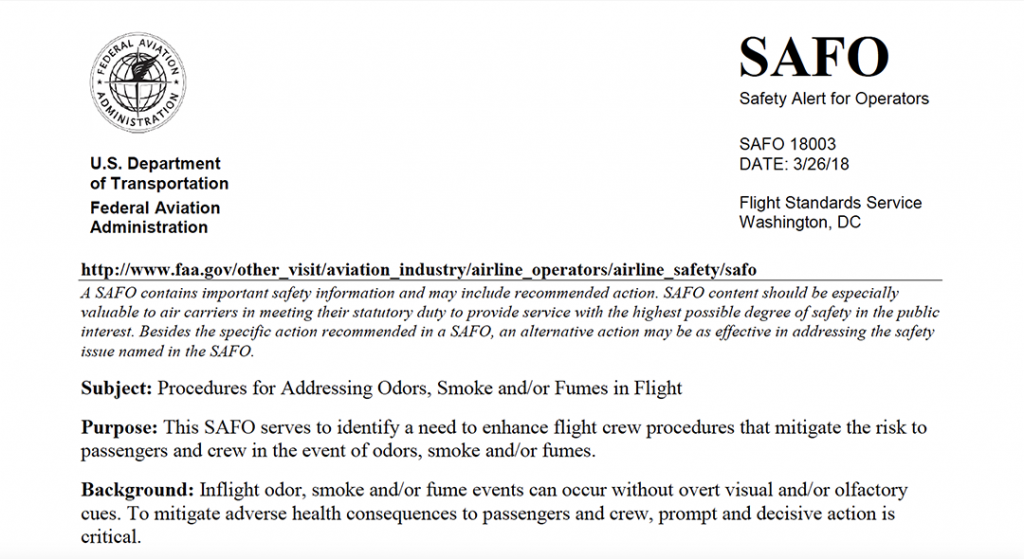
And finally in order to fix the problem, you’ve touched upon your aspirations for the doc in the last question, but in your dream world who would you like this documentary to be put in front of so that change could actually happen?
Well you know anybody who’s watching this film / this interview I think the story I am going tell you summarises something that is really troublesome. When there is an accident or incident in aviation in the United Kingdom there is a body called the Air Accident Investigations Branch (AAIB) in Farnborough, their job is to investigate. And they’ve investigated numerous contaminated air vents on the same model of aeroplane in American 965. And they’ve twice recommend to the aviation regulators that every aeroplane should have a warning system fitted. And the last time was over 10 years ago. So the people that we trust to investigate accidents to try and make air travel safer they’ve recommended warning systems and yet they’re ignored. It’s just like somebody saying after the Grenfell disaster well these people recommended that all the cladding should be taken of and nobody bothered. Because that’s exactly what’s going on today. It’s just another accident waiting to happen, and we need to do something about it. And finally people say it’s a political game. Of course it is, when my first documentary came out in 2007 Labour were in power, the party of the worker allegedly, and the opposition parties, the Tories, the LibDems and the Greens all publicly called for a public enquiry into the contaminated air issue on aeroplanes, but Labour who were in government didn’t do anything. And when Tories and the LibDems got into government they didn’t do anything either. So it just shows you that even the governments are so controlled by industry that the only way that we’re gonna get this changed is for passengers to really speak up and complain and then it will happen. Because I have been trying to do it as a crew representative for over 20 years and you know and I haven’t got another 20 years to put into this.
AMERICAN 965 THEATRICAL RELEASE:
LA - 9-15 July 2021 - 3 Screenings per day
Monica Film Center
1332 2nd Street
Santa Monica,
CA 90401
NEW YORK - 9-15 July 2021 - 3 Screenings per day
Cinema Village
22 East 12th Street
New York,
NY 10003
AMERICAN 965 THEATRICAL RELEASE:
WASHINGTON, D.C. - July 15, 2021 @7.30pm with live Q&A
Gallery Place Stadium 14
701 Seventh Street Northwest
Washington, DC 20001
MIAMI - July 15, 2021 @7.30pm with live Q&A
South Beach Stadium 18 & IMAX
1120 Lincoln Road Mall
Miami Beach, FL 33139
DALLAS -to be announced
American 965 - Official Trailer
Claire Bueno
Claire Bueno is a film journalist, presenter and interviewer, having moderated BAFTA, Royal Television Society (RTS), Women in Film and Television (WFTV), and Apple Store Q&As and hosted Comic Con panel talks. Claire is the founder of Premiere Scene Magazine and has had the privilege of interviewing esteemed artists including Tom Cruise, George Clooney, Brad Pitt, Sir Anthony Hopkins, Sigourney Weaver, Emily Blunt, Samuel L Jackson, James Cameron and Andy Serkis.
As a media coach Claire works with leading personal publicists, HBO, Netflix, Sky, ITV, Penguin Random House, the BFI, DDA, MacMillan and Premier, offering practical coaching sessions and safe environment for talent to perfect their interview technique before facing the press. She has extensive experience working with emerging and seasoned professionals and where English is not their first language.
Additionally, Claire is the producer of the critically acclaimed feature documentary CLEANIN’ UP THE TOWN: Remembering Ghostbusters and the upcoming TOO HOT TO HANDLE: Remembering Ghostbusters II.